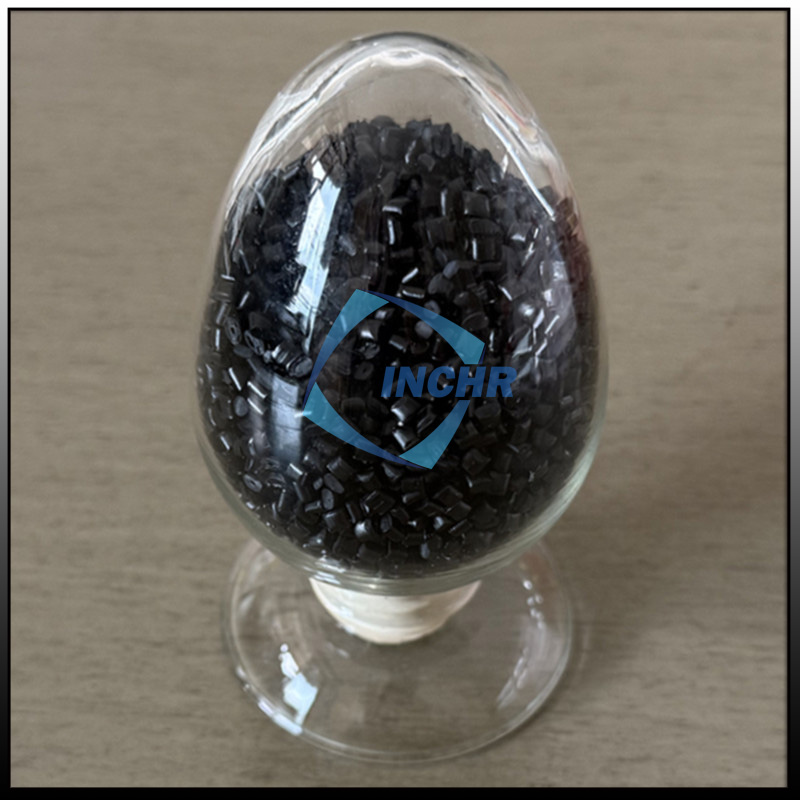In an age where industries demand materials that push the boundaries of performance and efficiency, carbon fiber reinforced nylon (CFR nylon) has emerged as a transformative solution. By blending the flexibility of nylon with the robustness of carbon fibers, this advanced composite delivers unparalleled strength-to-weight ratios, thermal stability, and design adaptability—making it a cornerstone of innovation across sectors like aerospace, automotive, and industrial automation.
The Science Behind Carbon Fiber Reinforced Nylon
CFR nylon is a composite material where short or continuous carbon fibers are embedded into a nylon matrix (typically PA6, PA66, or PA12). The carbon fibers enhance the polymer’s mechanical properties, while the nylon base ensures processability and impact resistance. This synergy results in:
Tensile Strength: Comparable to steel but 70% lighter.
Stiffness: Up to 200% higher than unreinforced nylon.
Thermal Resistance: Stable performance at temperatures up to 200°C (392°F).
These attributes allow CFR nylon to replace metals and standard plastics in high-stress applications, reducing weight and energy consumption without compromising durability.

Key Advantages Driving Industry Adoption
1. Lightweight, Yet Ultra-Strong
The standout feature of CFR nylon is its exceptional strength-to-weight ratio. For example, automotive manufacturers use CFR nylon gears and brackets to reduce vehicle mass, improving fuel efficiency by up to 15%. Similarly, aerospace engineers leverage it for drone frames and satellite components, where every gram saved translates to lower launch costs and extended mission ranges.
2. Thermal and Chemical Resilience
Unlike conventional nylon, CFR nylon retains its structural integrity in extreme conditions. It resists deformation under prolonged heat exposure and withstands corrosive substances like motor oils, hydraulic fluids, and industrial solvents. This makes it ideal for under-the-hood automotive parts, chemical processing equipment, and electronic connectors.
3. Design Flexibility and Cost Efficiency
CFR nylon’s compatibility with injection molding enables the production of intricate, high-precision parts with minimal post-processing. Complex geometries—such as thin-walled housings or integrated snap-fit features—can be molded in a single step, slashing production time and assembly costs. Manufacturers also benefit from reduced material waste, as CFR nylon’s durability minimizes part replacements.
4. Sustainable Engineering
By lowering component weight, CFR nylon cuts energy consumption in transportation and machinery. Its longevity further supports sustainability goals, reducing the frequency of replacements and landfill waste. Some grades even incorporate recycled carbon fibers, aligning with circular economy initiatives.
Transformative Applications Across Industries
Aerospace & Defense
Drone Components: Lightweight propeller mounts and camera gimbals enhance flight stability.
Aircraft Interiors: Non-structural brackets and seat frames meet strict flammability and weight standards.
Satellite Housings: Radiation-resistant CFR nylon protects sensitive electronics in orbit.
Automotive & EVs
Electric Vehicle Battery Trays: High strength and heat resistance ensure safety in high-voltage systems.
Transmission Gears: Reduced mass lowers noise and improves energy efficiency.
Sensor Housings: EMI shielding properties protect critical electronics.
Industrial Machinery
Wear-Resistant Gears: CFR nylon outperforms metals in abrasive environments, reducing downtime.
Robotic Arms: Lightweight components enable faster, more precise automation.
Conveyor System Parts: Low friction and high load capacity extend equipment lifespan.
Consumer Electronics
Durable Phone Cases: Scratch-resistant CFR nylon provides premium protection without bulk.
Heat-Resistant Connectors: Stable performance in high-temperature devices like routers and chargers.
Choosing the Right Carbon Fiber Reinforced Nylon Grade
To maximize performance, consider these factors:
Carbon Fiber Content: Ranges from 10% (balanced strength and flexibility) to 40% (maximum stiffness).
Moisture Resistance: Opt for moisture-stabilized grades (e.g., PA66-CF) in humid environments.
Regulatory Compliance: Ensure certifications like UL 94 (flammability) or FDA approval for food-contact applications.
The Future of Carbon Fiber Reinforced Nylon
As industries prioritize lightweighting and sustainability, carbon fiber reinforced nylon is poised for exponential growth. Innovations like 3D-printed CFR nylon parts and bio-based nylon matrices are expanding its applications, from medical devices to renewable energy systems. With a projected market CAGR of 8.5% through 2030, CFR nylon is not just a material—it’s a catalyst for engineering breakthroughs.




